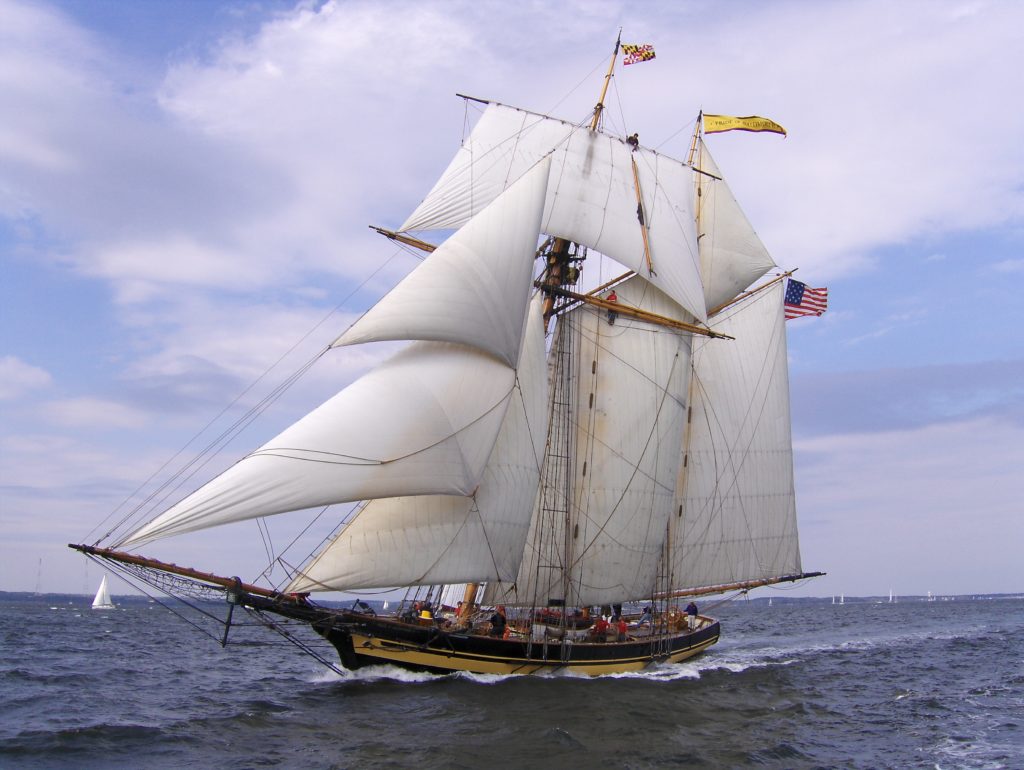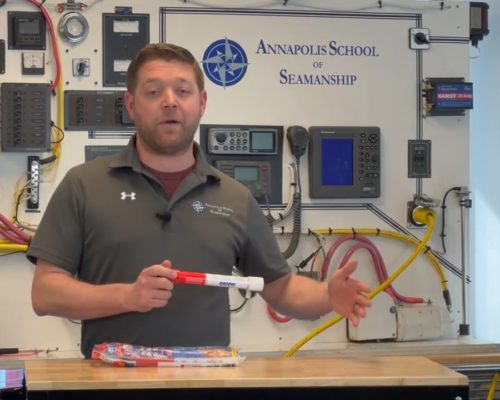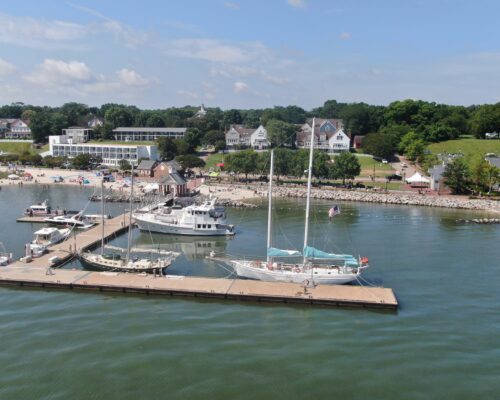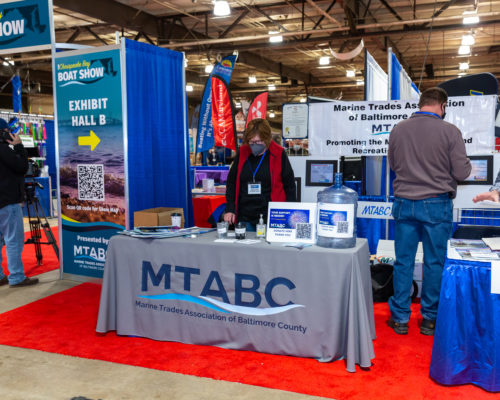A novice sailor learns his ropes.
I knew the Pride of Baltimore II was supposed to be an eyecatcher. I once saw her swaggering into Annapolis Harbor with her sails proudly unfurled like a seafaring peacock just as the crowds were gathering around, eager to get a look. It was one of her scheduled arrivals that happen every year as part of her ongoing ambassadorship to harbors across the globe. But I could never have fully appreciated her mission until I boarded Pride for the first time, to become a temporary member of her crew on an overnight cruise.
I was asked to meet the crew at Pride’s facility in an industrial part of Baltimore. It was dark by the time I was on my way, and I thought it would be hard to see the ship through all the city haze, but at almost 160 feet long and 110 feet tall, she was easy to spot. I felt small when a crewmate helped me climb aboard under the colossal spars and bundled-up booms, and I was looking forward to seeing it in its full glory in the morning, when we would be southbound for Solomons.
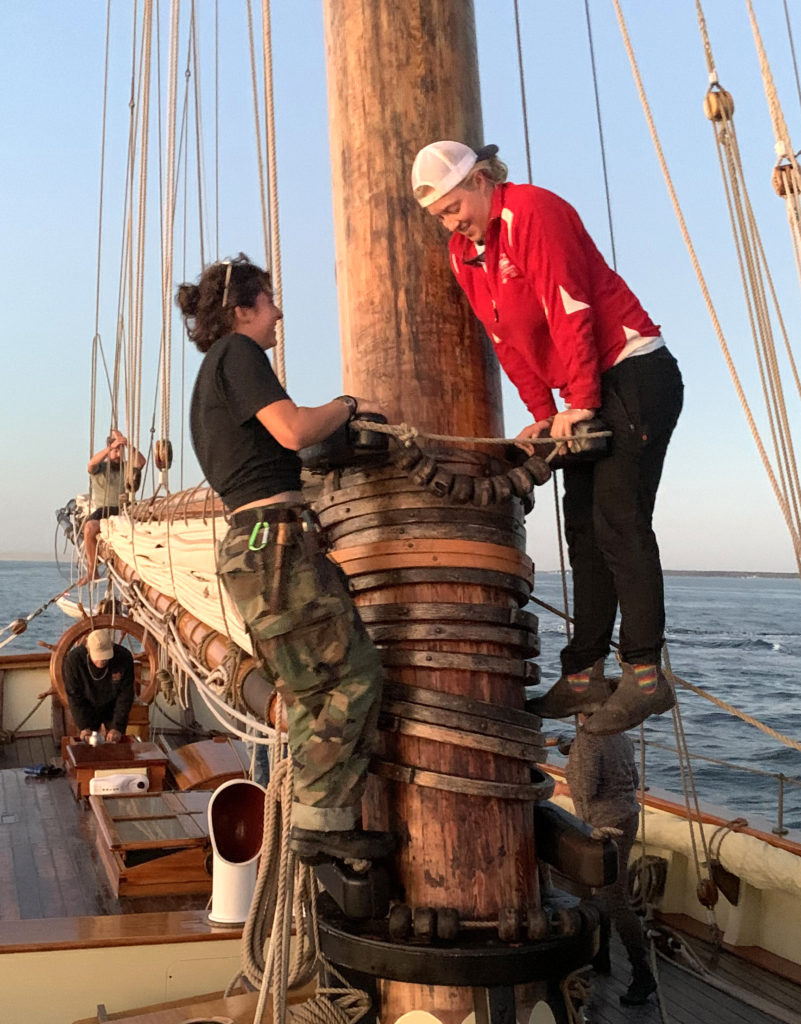
Photo by Noah Hale
I followed the crewmate down into the forecastle where he led me to my cabin: enough room for double bunks and some drawers and floorspace for my bags. Once I was situated, I stepped out and sat down at the dining table where the rest of the guest crew was socializing. The paid crew needed to wait for the others to arrive before orientation, so in the meantime I chatted with the few of us who were already there. We were an odd bunch of amateur sailors, including a U.S. Navy veteran, a middle school teacher, an electrical engineer and a retired biomedical salesman, and we were all united by the joy of adventure. Even though most of us had been lifelong sailors—(I was the exception)—we had a feeling that sailing on the Pride was going to be one of our favorite sails.
The next morning, I awoke to a knock on my cabin door in time for breakfast. When we were done eating and drinking our coffee, we were told to climb back up the deck to meet the captain for our first muster, or roll call.
Captain Jan Miles is a tall, husky man who carries the kind of confidence that seemed suited for the reputation of the Pride. Having been involved with the ship since before it was even built and witnessing the result of what he dubbed an “incredibly handsome vision,” he was by far the most knowledgeable of all of us about the history of the clipper and all she was capable of. Before we could see her at work, though, we had to get our hands dirty.
While the guest crew are not expected to perform all the same tasks as the paid crew, they are given some daily responsibilities. These were usually small- to medium-size jobs, but this depended on how much we wanted to get involved. My first assignment was to help clean off the rails with a squeegee and chamois, while some of the deckhands polished the bronze on deck.
Meanwhile, some of the crew started removing the fenders in preparation for our voyage. Unfortunately for us, the water looked perfectly still.
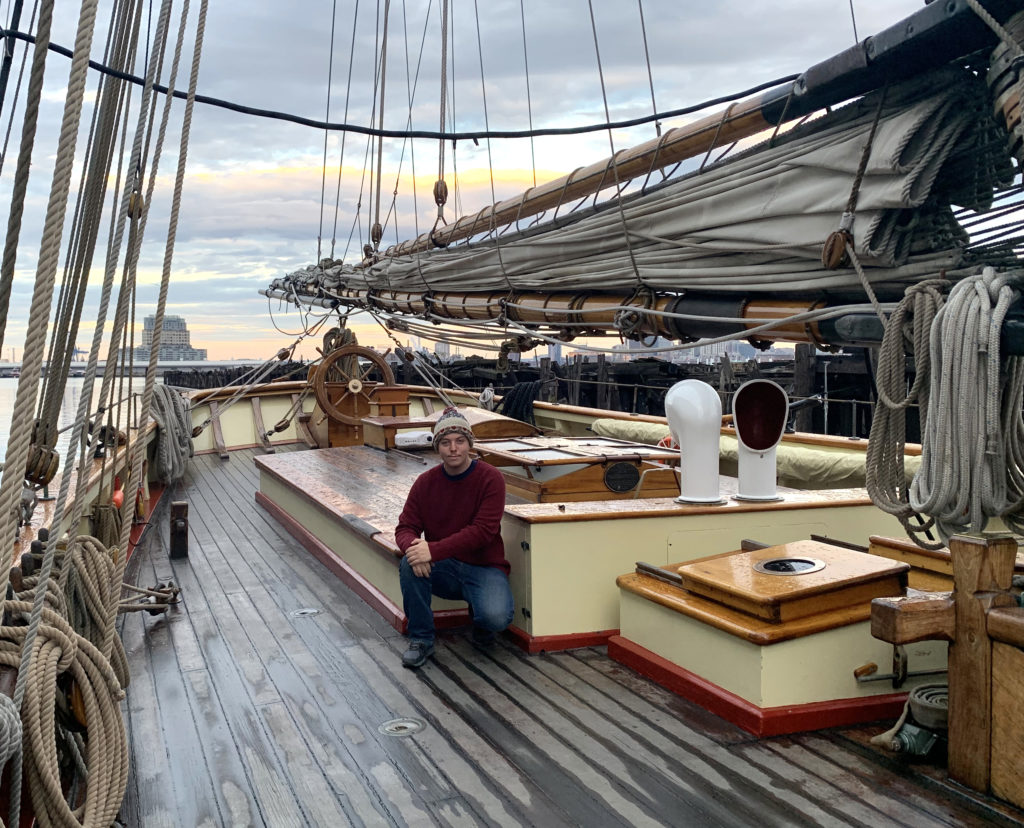
Photo by Betsy Baetjer
“All the wind was with us last night,” said one guest. We needed some mechanical assistance, and our engineer was sent down to start the auxiliary engine in order to get us moving. But the lack of wind did not mean we had less to do: as soon as we were loose, the crew rushed instinctively to check the lines and stow the fenders. They were constantly scrambling to prepare for their next task—on deck there was no such thing as “busy work.” They also encouraged us to watch and learn—some lines needed to be neatly coiled into harpoon knots, and others needed to be straightened out to dry. It might sound like menial work, but the work quickly familiarized us with the ship.
Throughout our trip, the crew would explain what we were doing and why it was important. And by the time we were a few miles down the Patapsco, it felt like we were starting to get used to the hustle and bustle and beginning to find our own rhythm. Our hard work would soon pay off.
It was about the same time that we saw the Bay Bridge ahead that we were finally able to catch some wind, and we were encouraged to help hoist some sails. The mainsail, staysail, jib and fore topsail were all up in a matter of minutes as we watched the deckhands climb to the top of them in order to rig them per captain’s orders. It was a nerve-wracking procedure, but I couldn’t help but admire how calm they were going up. Their bodies shimmered on their way up, and they looked like they were swimming rather than climbing.
Back on deck, I was given command of the helm. The first mate instructed me to find a reference point that would guide my steering, while making cross-reference to the compass in front of me. It was a visual balancing act that made me acutely aware of the movement of the ship, and for a few minutes I felt like I was one with her.
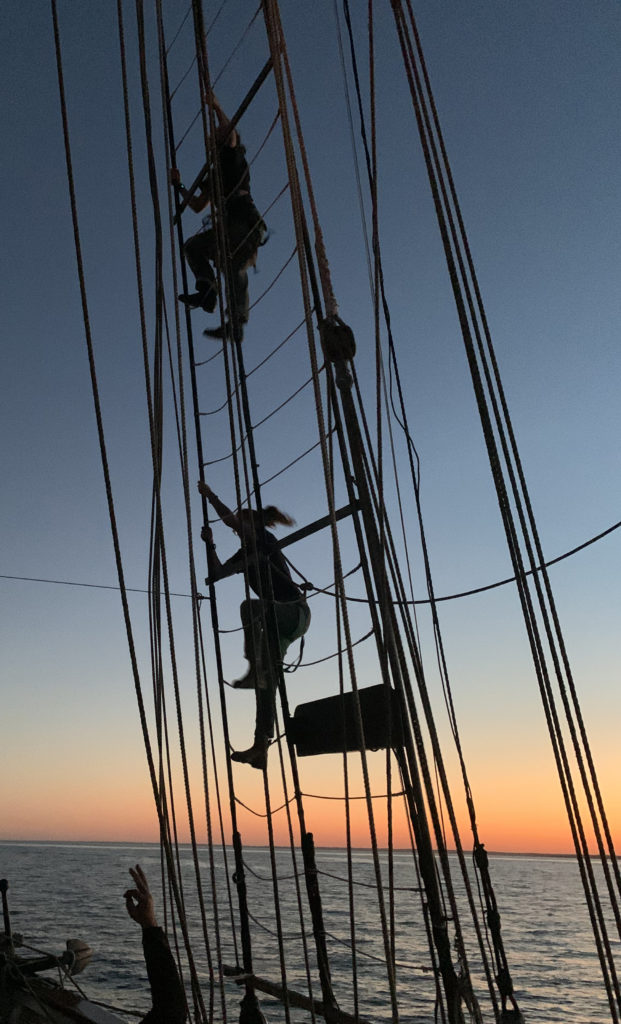
Photo by Noah Hale
We could see the edge of Annapolis once we passed under the bridge: the copper dome of the Naval Academy Chapel glistened in the distance, and the wooden dome of the State House, though still under renovation, seemed to nod to the 19th-century style of the Pride. We caught a lot of attention sailing through the area, as recreational boaters would casually ride alongside to take pictures. “You just made my whole week!” called one of them. But while it was pretty much smooth sailing for most of the day, we still needed to find somewhere to anchor for the night.
We eventually decided on anchoring close to Calvert Cliffs. The water here was notably serene, allowing us all to enjoy the sunset as we prepared to moor the ship. The deckhands climbed back up to the sails to furl them again while some of the crew and I helped lower the anchor with the windlass. It took two of us on either side to crank it down link by link. The only sound meanwhile was its diving down for several seconds until it hit the bottom of the Bay. When everything had been stowed and we had done all that we could, we were sent to bed. I fell asleep exhausted, completely content and charmed by the day.
The wind picked up the following morning, and we were able to sail the rest of our way into Solomons. For the guest crew, our arrival meant the end of our voyage, but for the others, it meant setting up displays for curious visitors who were waiting to learn about the Pride and its cultural importance. I felt lucky to have learned with my hands, and my time onboard helped me better appreciate the hard work that went into bringing this piece of history back to life.
To learn more about the Pride of Baltimore II and to see upcoming guest crew availability, visit pride2.org.
Noah Hale is a writer and an outdoor enthusiast born on the Eastern Shore. He currently lives in Annapolis.

